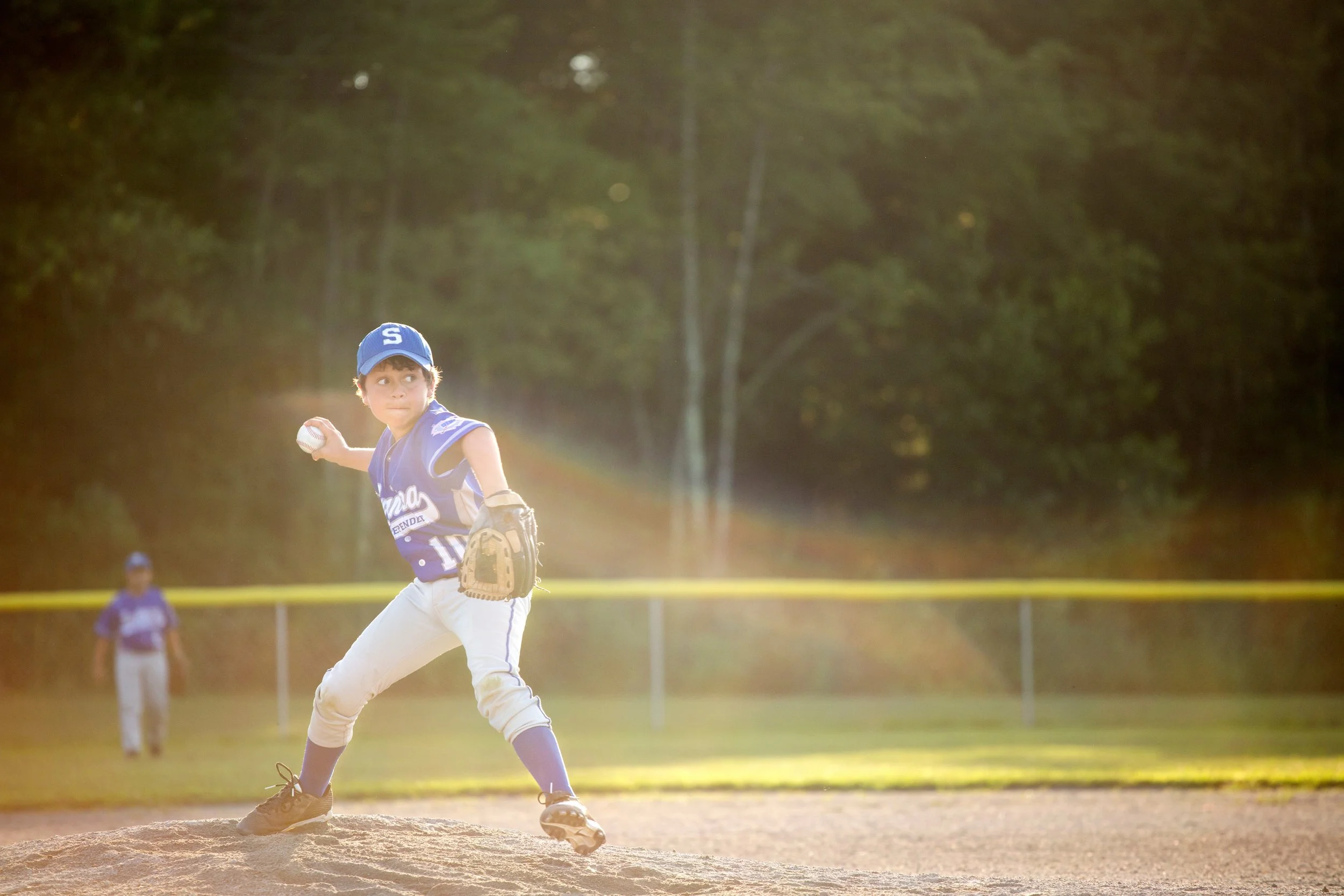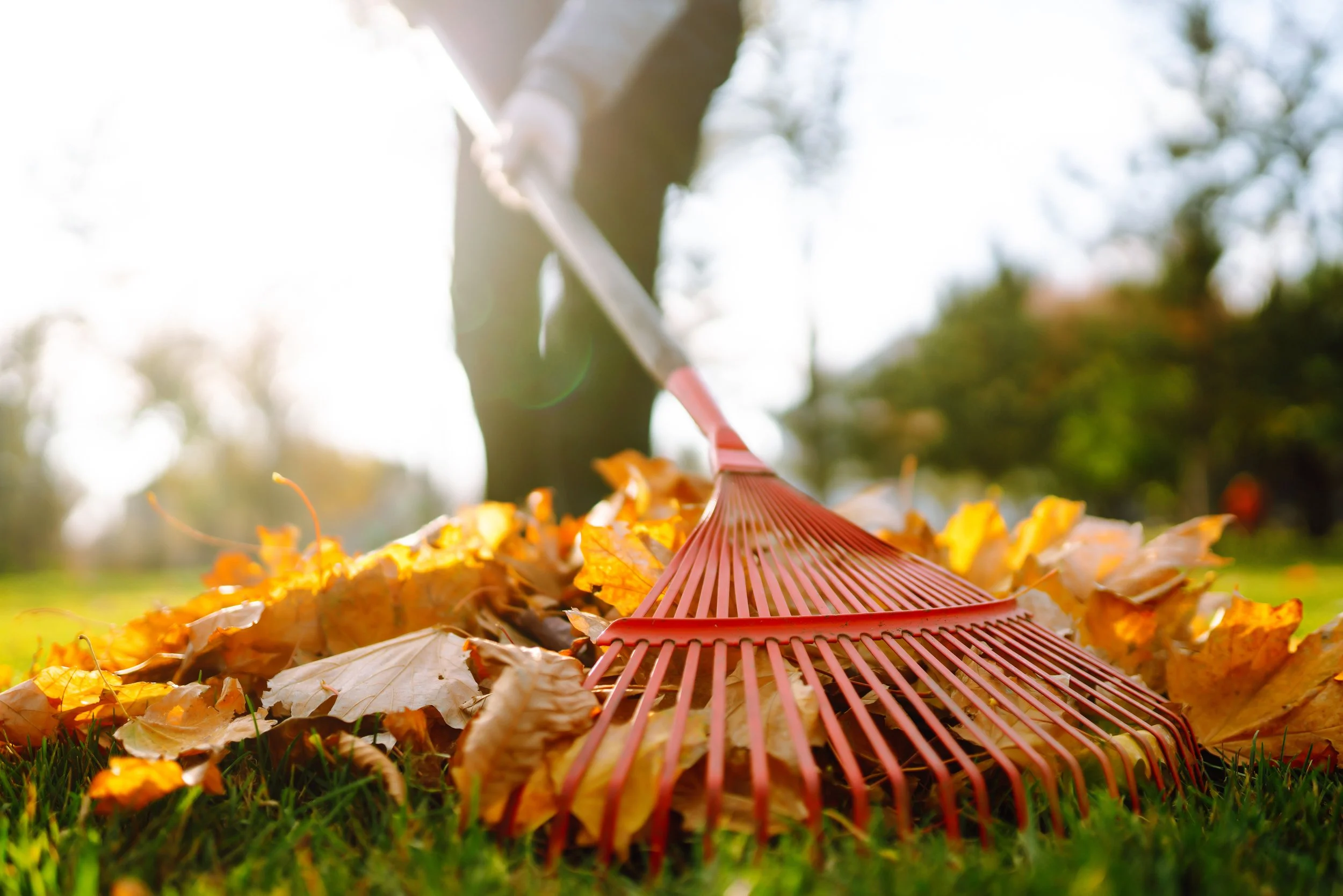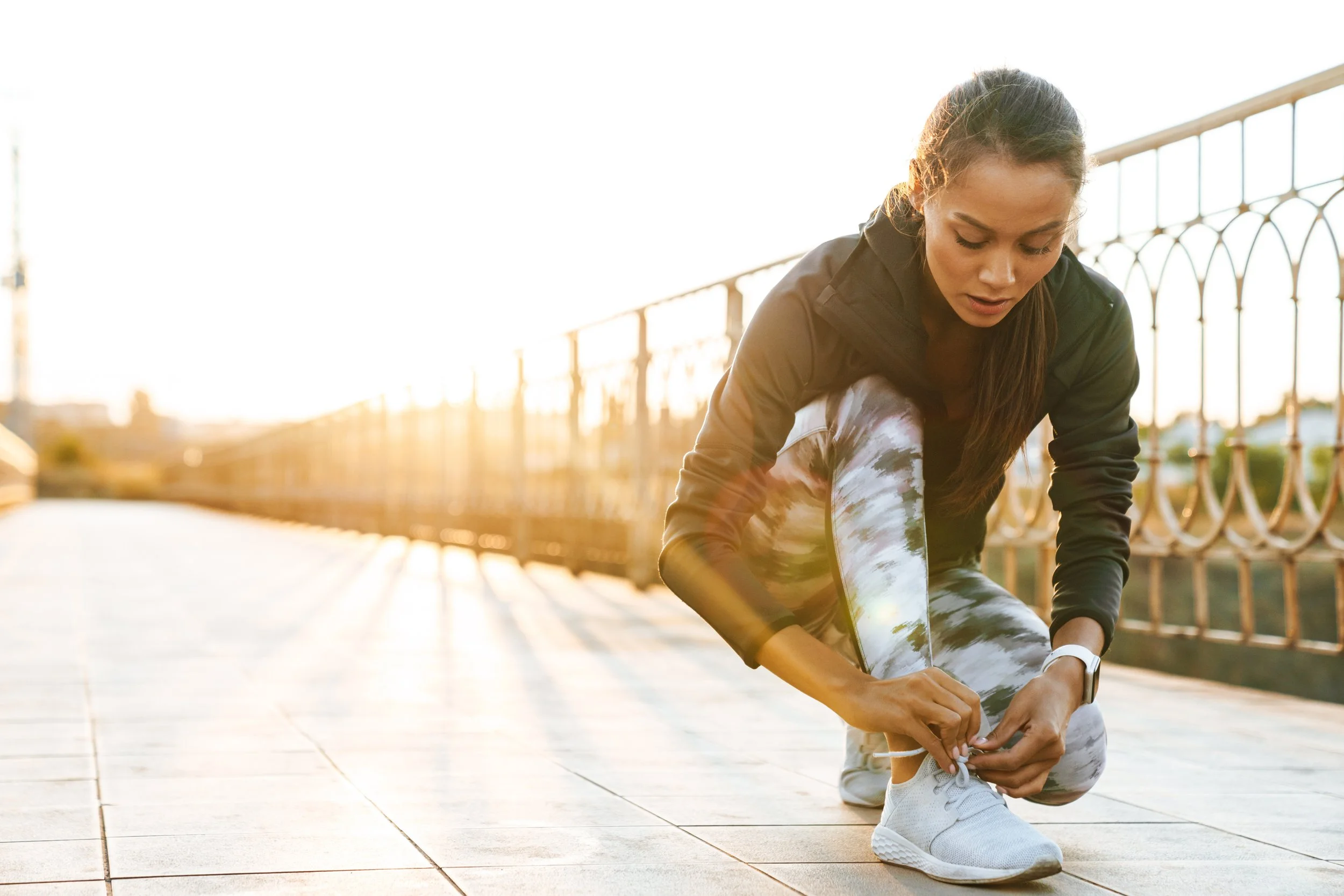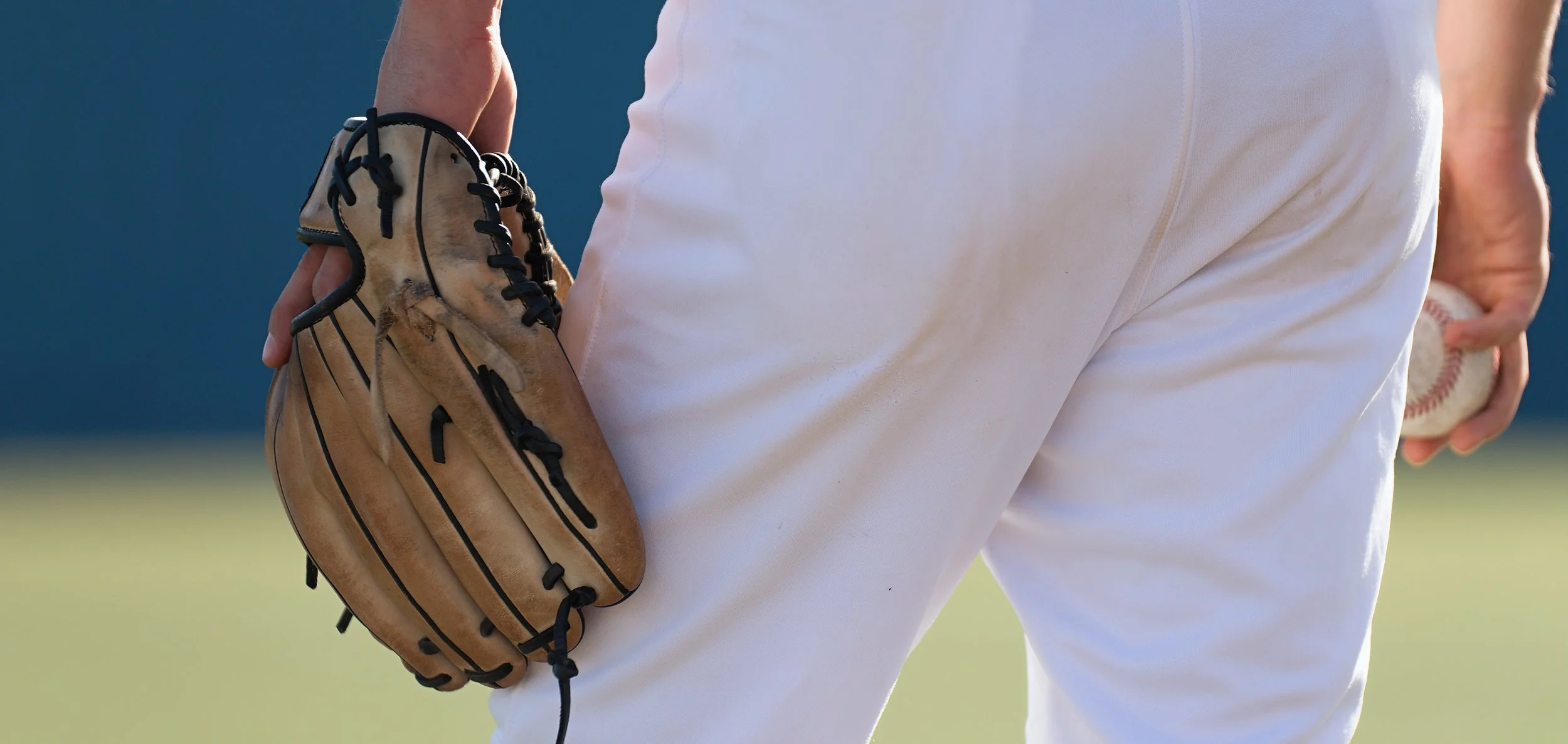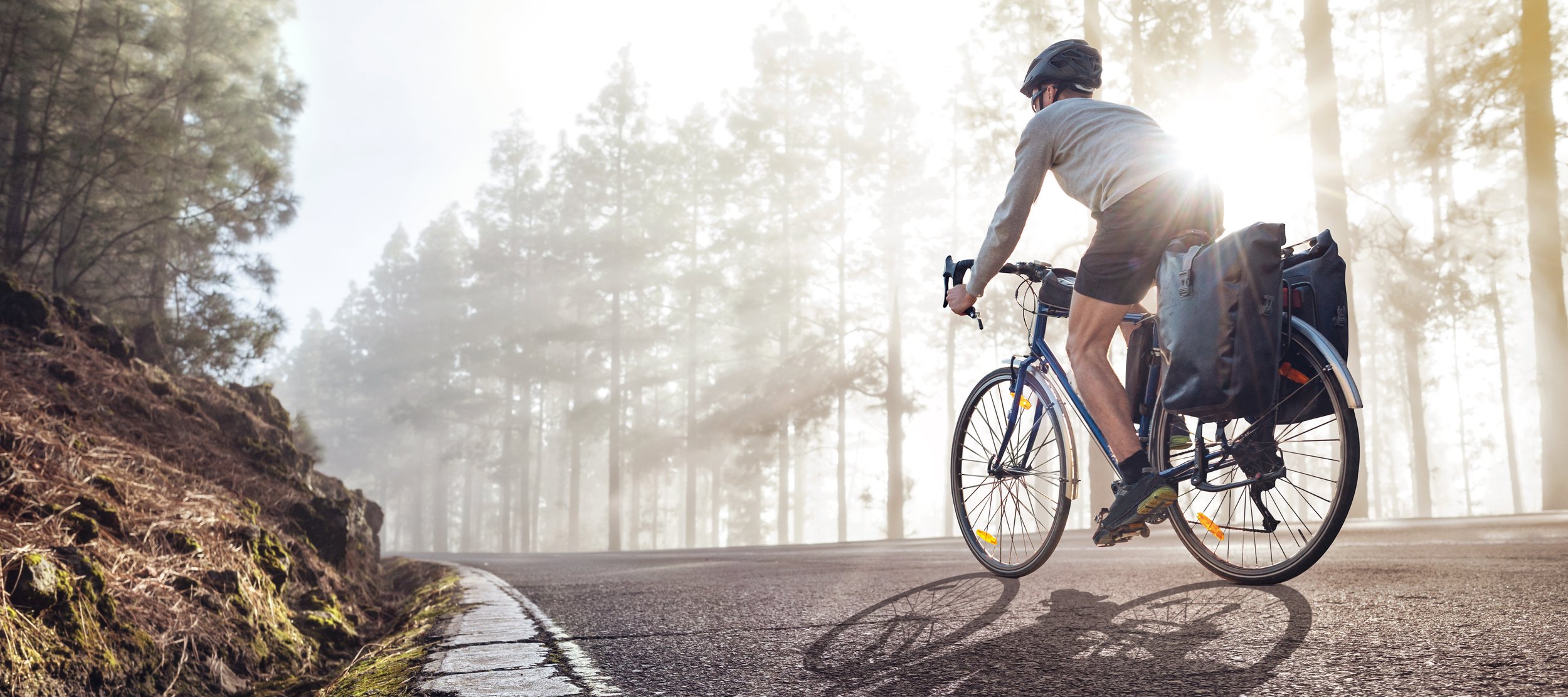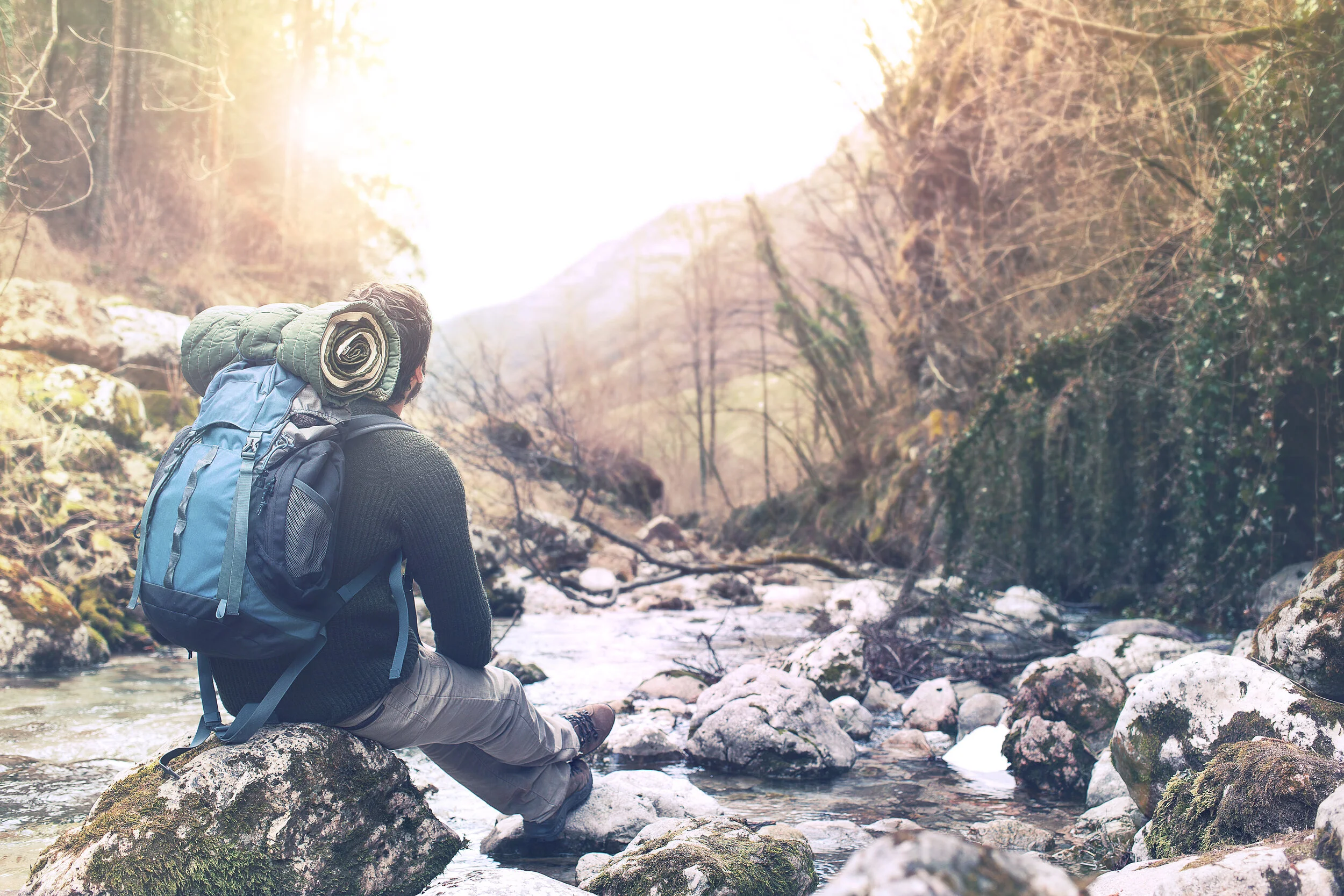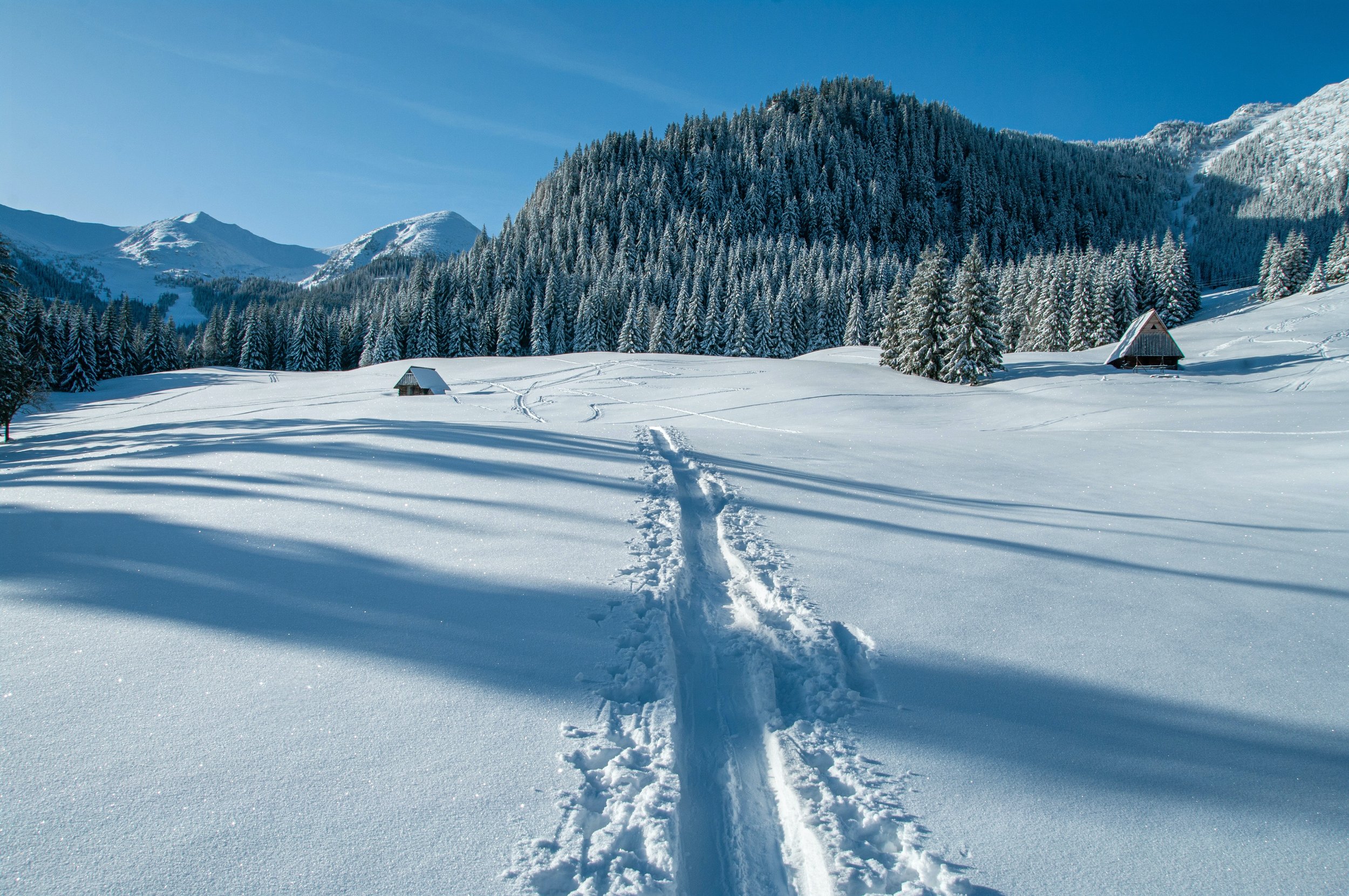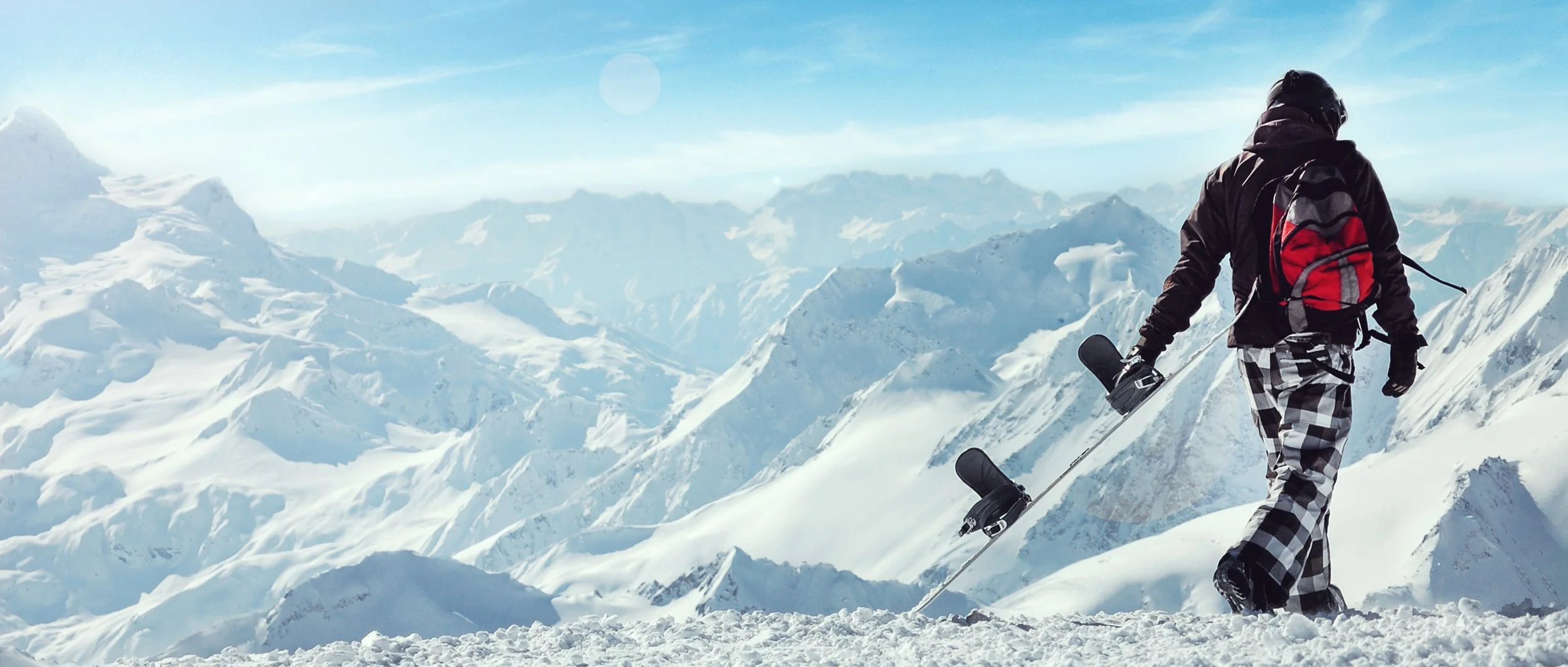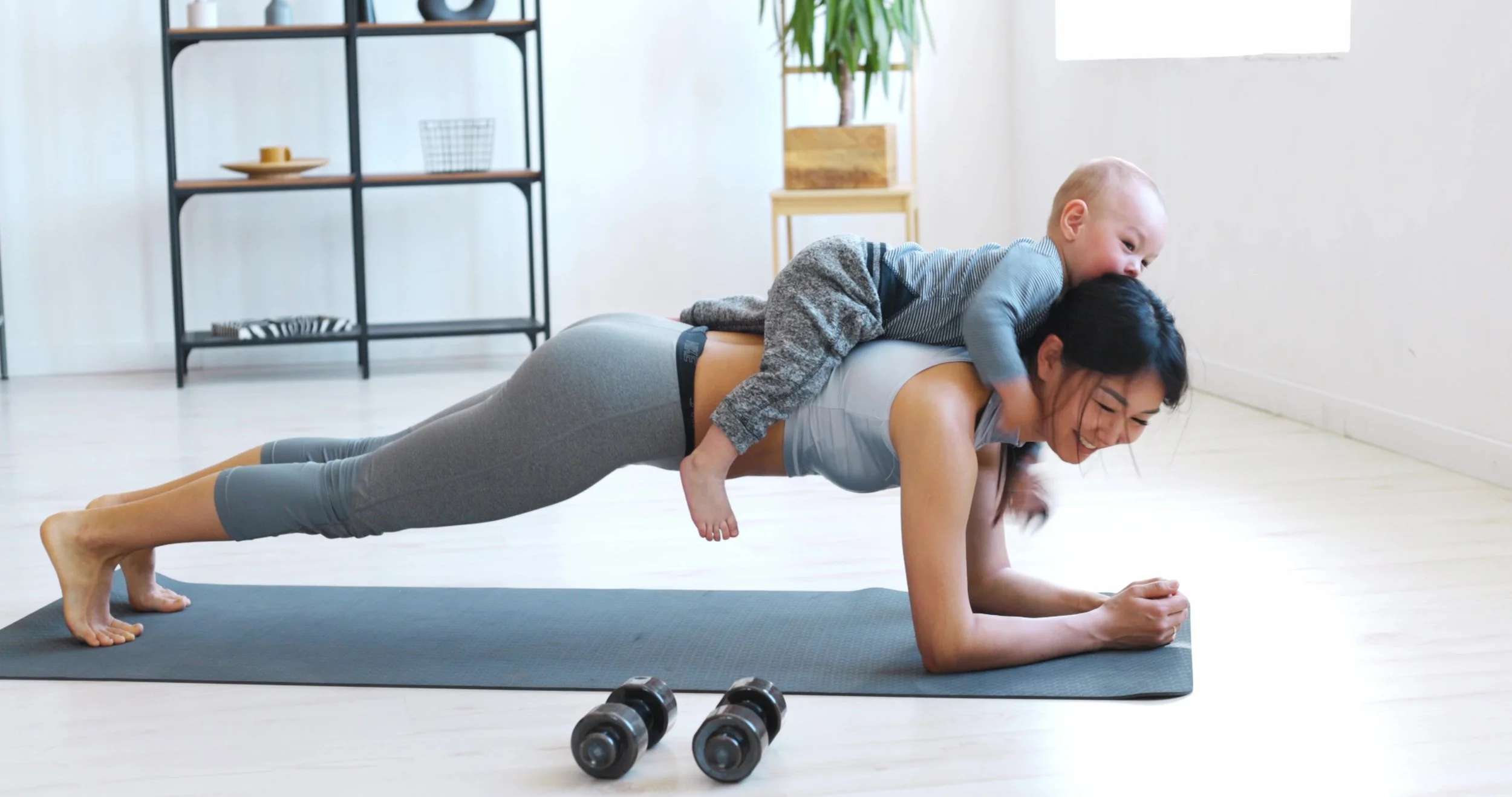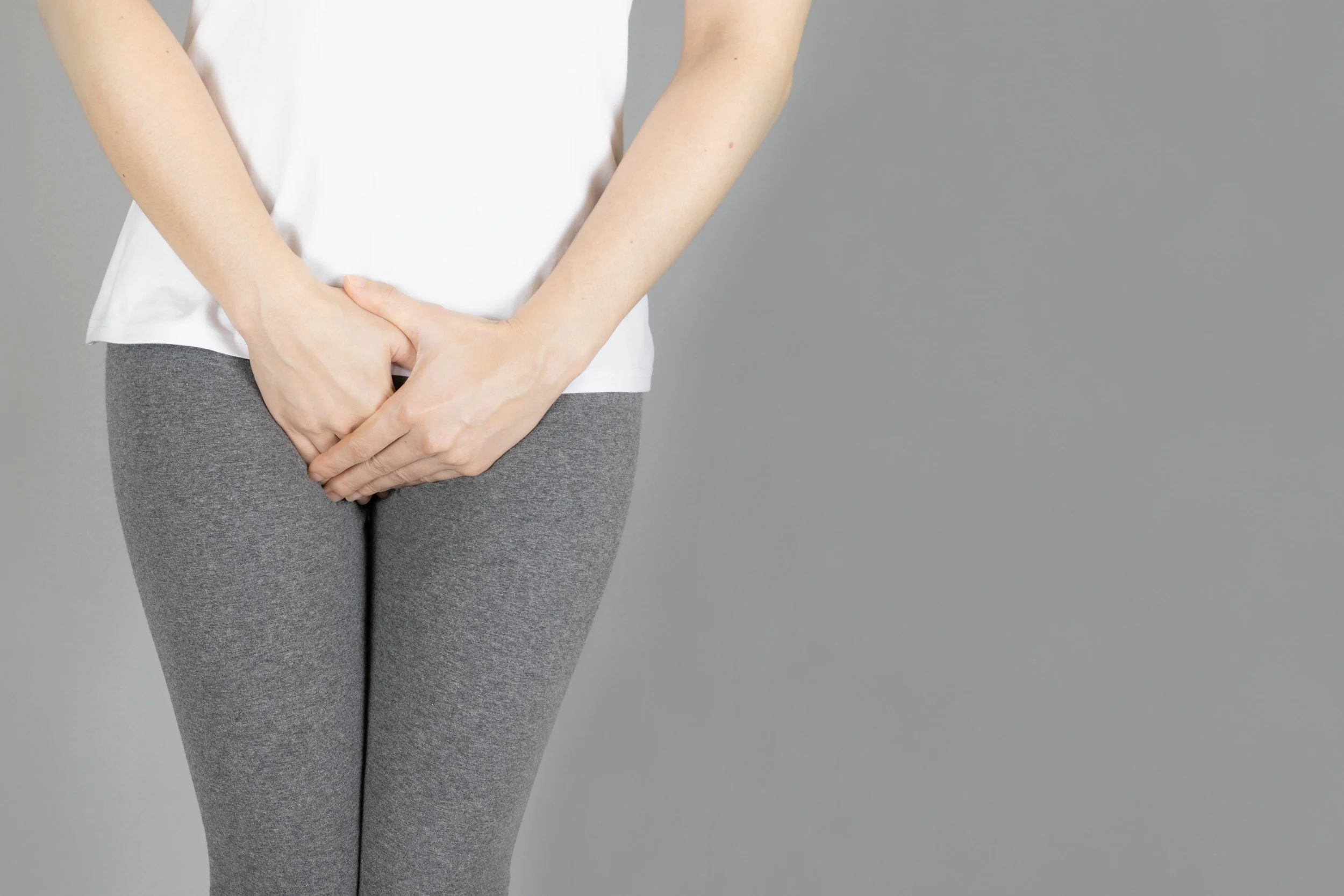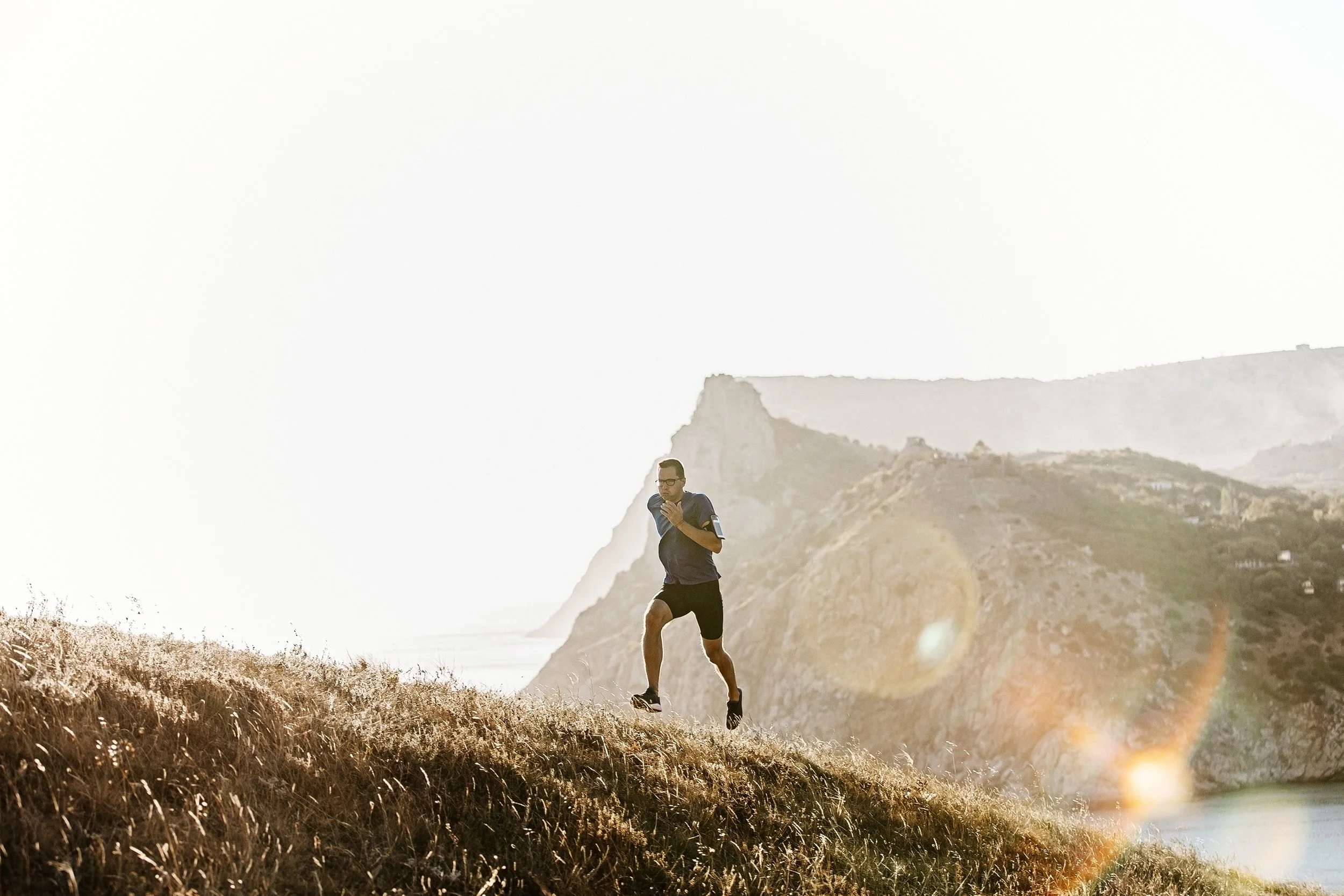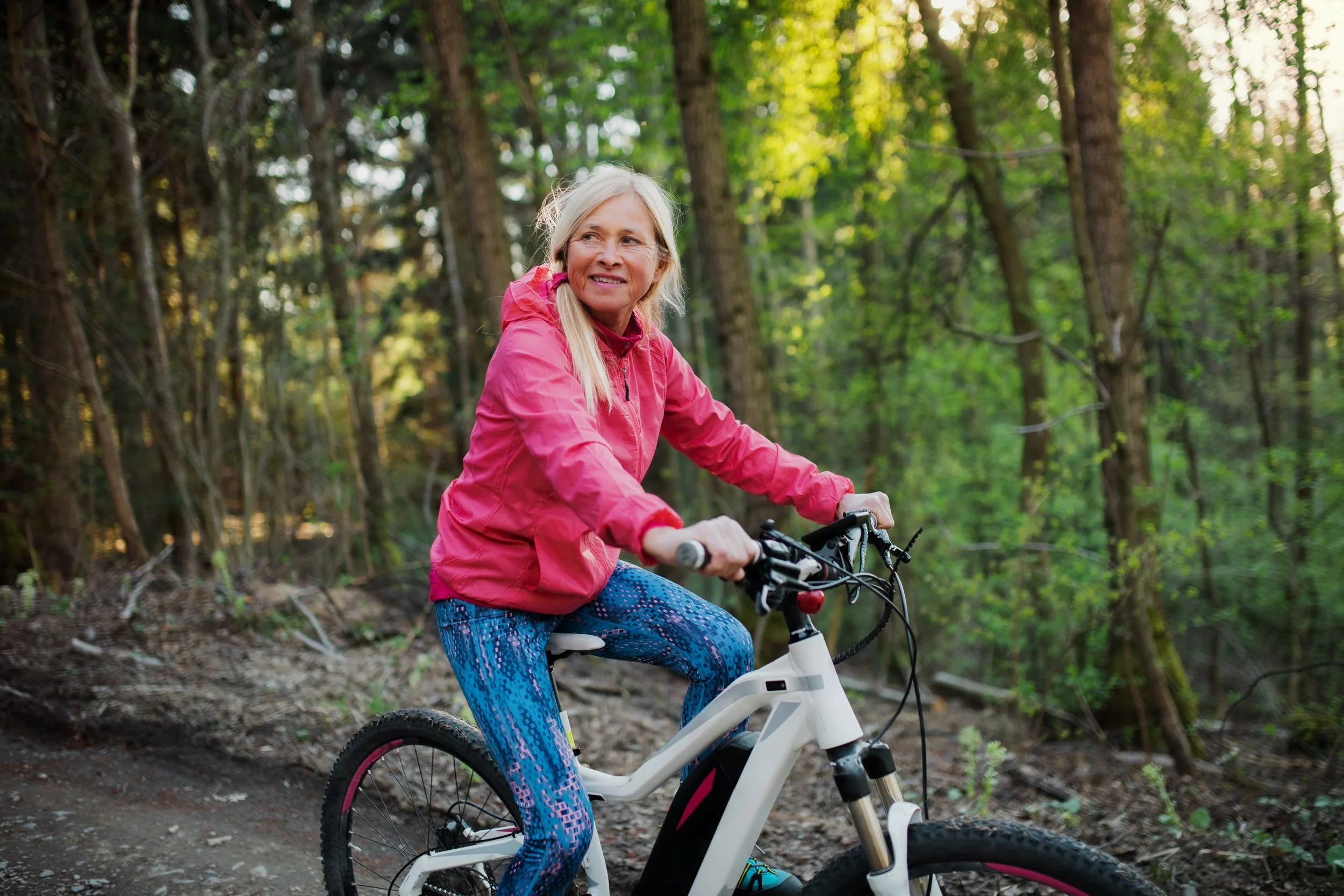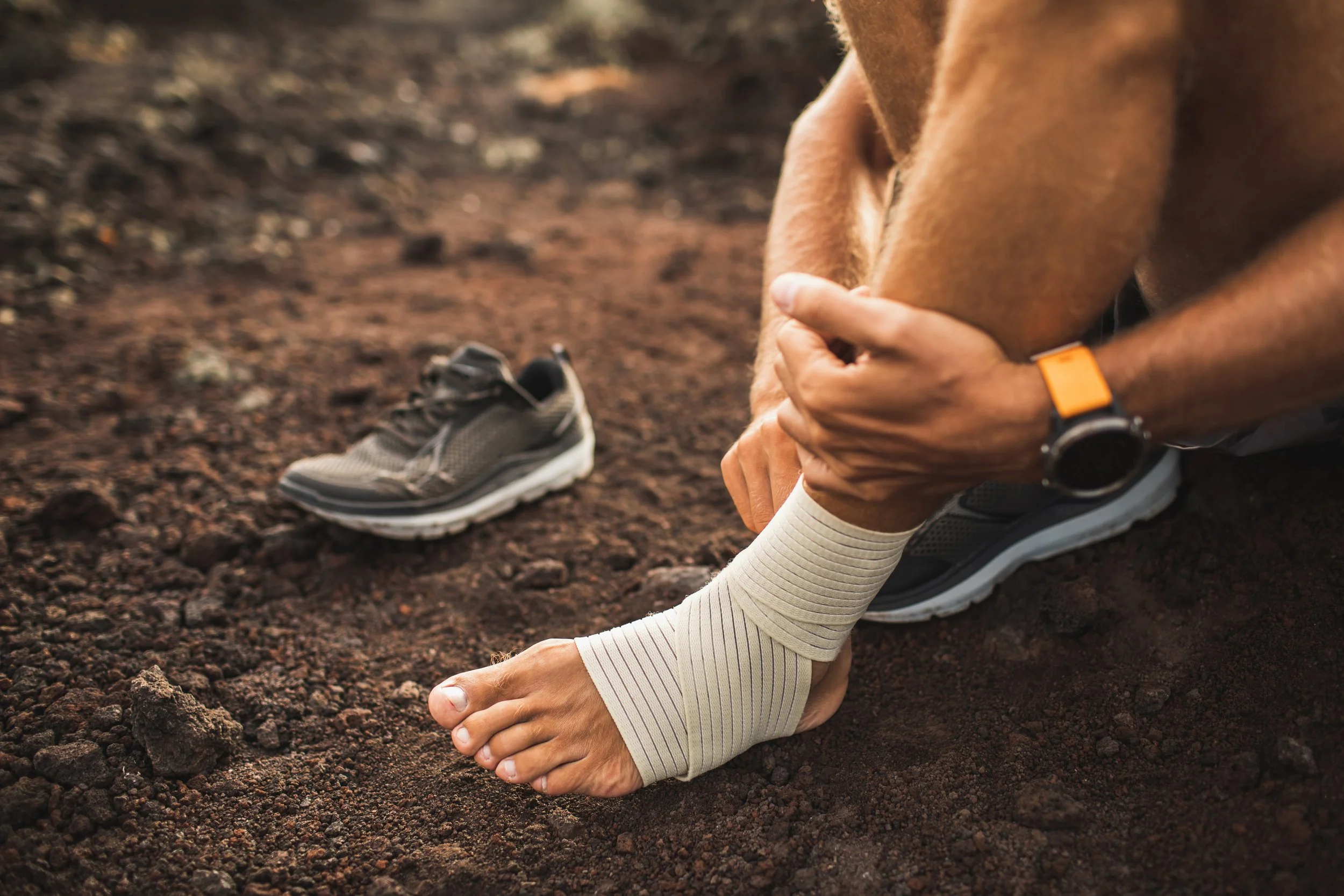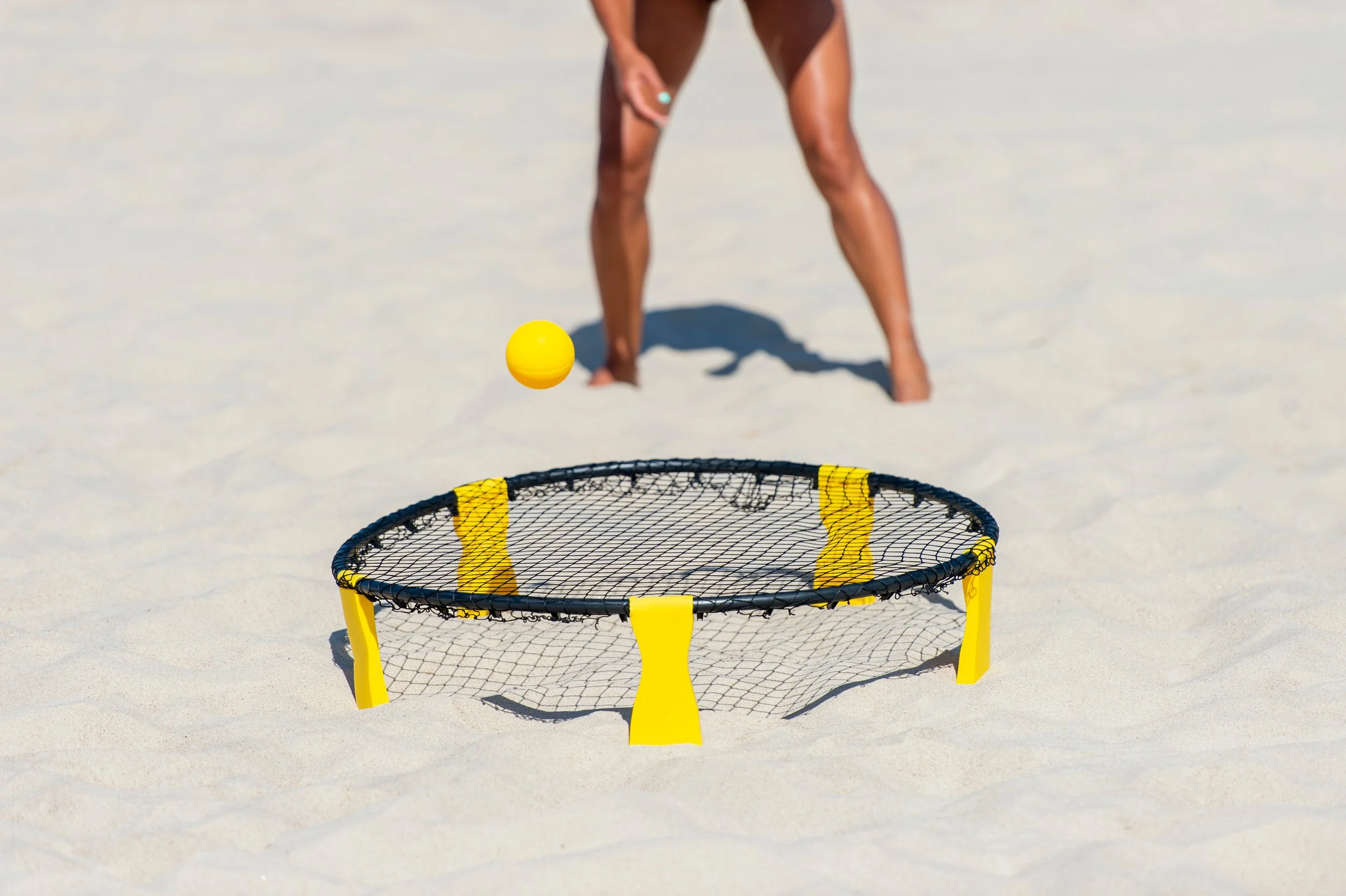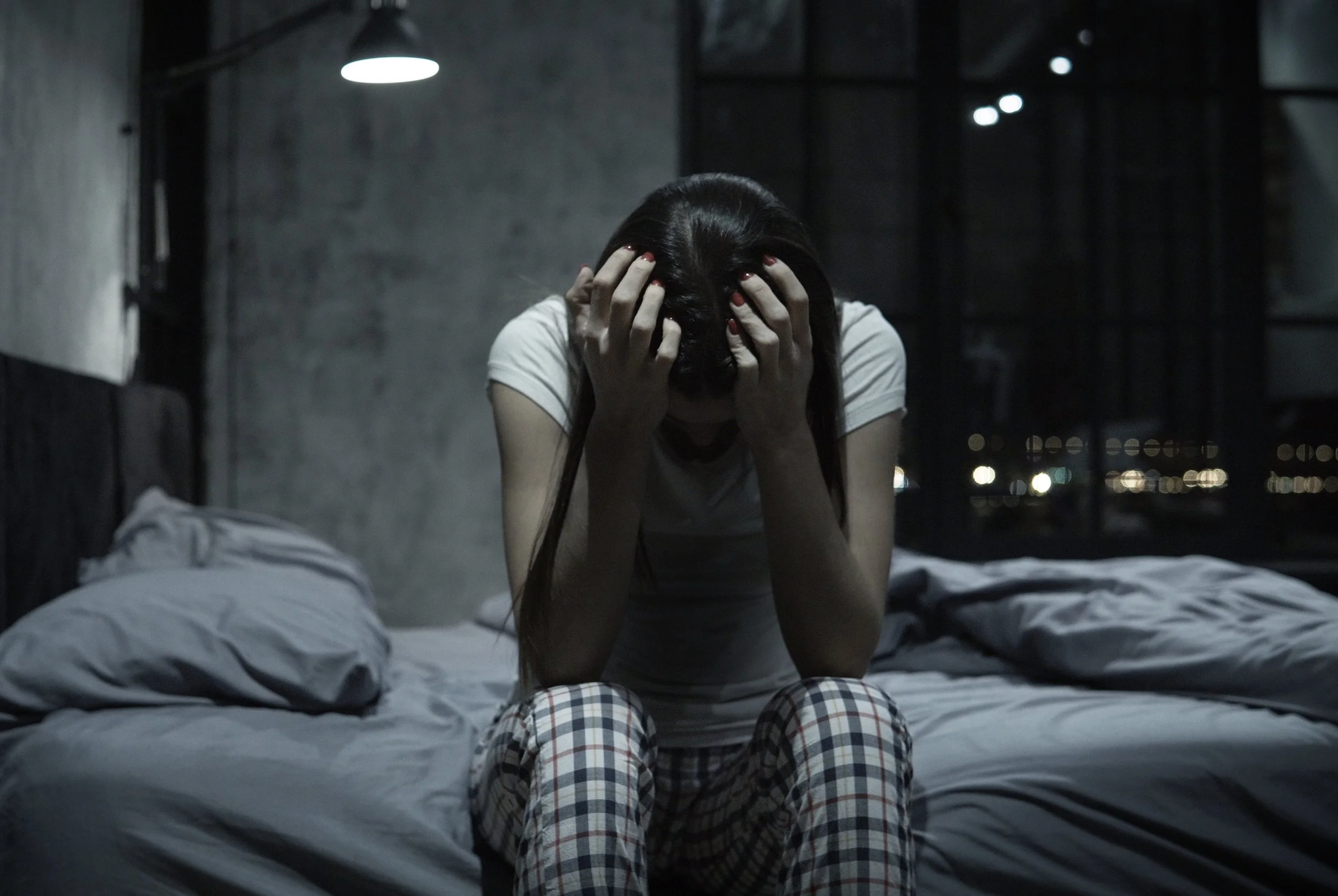In the baseball world, the most common injuries sustained by the throwing arm are well publicized. Rotator cuff and labral tears as well as Tommy John surgery have gotten a lot of focus over the years as major potential risks throwing athletes face as they continue their athletic careers. One of the less commonly discussed injuries which can nevertheless have serious implications is thoracic outlet syndrome. Thoracic outlet syndrome (TOS) is a unique condition which many baseball athletes have experienced at some point in their careers. This article will discuss what thoracic outlet syndrome is, how it can impact a throwing athlete’s career, and what can be done to treat it.
The Journey of a Lifetime
If you are looking for a story filled to the brim with inspiration, look no further. What would it take to motivate you to ride your bike across the United States? For 67-year-old Ray Wittmier, and longtime friend, 68-year-old Gene Woodard, it was a girl named Maya. Ray and Gene are “honorary uncles” to Maya, a 13-year-old who was diagnosed with a Wilms tumor on her kidney at the age of 7.
I first met Ray in early August 2021 about a week after he received a total knee replacement. From the moment I began working with Ray, it became clear that he was fully committed to his rehabilitation. He possessed the mindset and determination for a successful outcome. I could tell by the way he approached his rehab that he had lofty movement goals and I was excited to help him on his journey.
Stress for Success
Stress – we have experienced it at some point in our lives. A normal thing to feel, especially while navigating through a global pandemic. Stress can take on many forms. It could be what you feel during your Zoom work meeting, the adrenaline rush you get sprinting to the front door for your food delivery, or what you feel melt away when you’re biking down the Burke-Gilman on a sunny day. The effects of stress can greatly impact our lives. Understanding what stress is and how it can affect our mental state, physiological function, and motor control is our best way to use stress for our benefit.
Knee Osteoarthritis
Knee pain can slow down the best of us but with physical therapy much of the limitations can be improved. Climbing stairs, biking, running, gardening, playing with kids, hiking, and long walks can all be improved with range of motion, balance, and strength. Ask a physical therapist today for more information.
Neck Pain
Neck pain and Physical Therapy If you are having neck pain, physical therapy is often recommended. After ruling out serious conditions by your physical therapist or your physician, the real work begins.
Your PT will put together a treatment program that may consist of:
Manual therapy: to help with tissue healing and/or restoration of joint mobility.
Exercises: to help strengthen your neck and core to improve neutral postural alignment.
Pain relief: consisting of appropriate modalities such as ice, heat, ultrasound, or electric stimulation.
Patient education: on tips to help reduce stress on your neck in your work and home environment.
When asked about neck pain one of our favorite physiatrists Dr. Gary Chimes, MD stated that, “Neck pain can be one of the most debilitating issues that we see. It can not only effect your physical ability, but also create issues with sleep, mood, concentration, performance, and emotion.”
The best news of all is that insurance covers physical therapy sessions! A physical therapist can work with you and modify your treatment program until your goals are met. Come see a PT today!
Backcountry Skiing
As most people learned to punt last year, outdoor recreation was one of the activities that people could do to keep busy while social distancing. There was an explosion in Nordic (cross-country) and backcountry skiing. These often get confused as the same thing but they are very different sports requiring quite different equipment and are different altogether than resort skiing. With resort skiing, injuries tend to be more traumatic such as occurs when crashing at a high speed or misjudging a turn. Resort or inbounds skiing was covered in a past blog so we will turn attention to Nordic and backcountry skiing now. In these disciplines, injuries tend to result from repetitive stress. Pole length, pole grip and pole adjustability are very important with Nordic and backcountry skiing to avoid overuse. It can be helpful to understand the benefit of sport-specific training when one has a good grasp of what each sport requires. This is especially important when starting a new sport as it will help to develop appropriate training habits while learning form and ultimately will optimize performance.
Tyler Lockett
Learning to visualize these scenarios prior to an event may regulate your emotions, have better control of your environment, and honestly, you may end up with a positive outcome with all the repetitions and practice.
Sharpen your skills, and be as detailed as possible. I know that when I used to play basketball I remember being at the free throw line, 4th quarter, my team was down by 5 points in the playoffs. When I got to the line I noticed the fans in the crowd going crazy, cheerleaders stomping on the floor, and teammates at the free throw line sweaty, huffing, and puffing. Both coaches yelling at their players to get them ready after the 2nd free throw attempt. As I stand at that free throw line, I can feel the sweat drip through my jersey, down my arms. I could even see the sweat drip onto the free-throw line. Everything felt slow, I couldn’t hear anything, and it felt like I had tunnel vision. It was just me, the basket, and the ball.
Winter is Coming
Winter is coming! With another La Nina year in the forecast, the PNW is in for another cold and wet season. For all of you powder dogs out there, this means one thing– SNOW. I’ve been waiting since August for snowboarding season to come along, and the time has finally come. It's time to shred the gnar! I picked up snowboarding a few seasons ago and it has become my latest obsession (possibly even more than spikeball). One of the reasons I’ve learned to love it so much is because it allows me to get outside during the winter. The Seattle area is notorious for its gray, gloomy, and dark winter days, and that plays a huge role with my mood at this time of year. My perspective has changed completely since learning how to get out on the slopes each season. Now I actually get excited for those drizzly days, because that means more freshies up at elevation and all the more epic of runs on the upcoming weekend.
Just starting out on your snowboarding journey? For all you first timers out there, know that you will be spending a lot of time on your butt during the first few times you’re on the mountain. Generally speaking, snowboarding is usually harder to learn, but easier to master; alternatively, skiing is easier to learn but harder to master. However, don’t let this discourage you– the growing pains are worth it once you start completing those S-turns. To start off, you can figure out if you prefer a “goofy” or “regular” stance before even setting foot on the snow. This video by LWPT’s own Katie Hutchins Do You Ride Regular or Goofy? || REI will help you determine which foot will be your lead foot. Understanding which stance you are more comfortable with will play a huge role in your ability to balance and turn. Knowing the basics before going to the mountain will help make a day on your tushy a little easier. You can also watch this video How to Snowboard - the basics of riding for your first day | REI to learn how to navigate the mountain on your first day.
Precautions for Hiking
Pregnancy & Postpartum
The pelvic floor consists of several layers of muscle contained within the pelvis that are designed to support the abdominal and pelvic organs, allow for proper bowel and bladder voiding, sexual activity, and child birth. Just like any other muscle in the body, we can experience issues from these muscles being too weak, too short, too long, overactive, or underactive. However, pelvic floor muscles can be rehabbed similarly to our other muscles as well. For example, if I strain a muscle in my leg, I’m going to work on getting the injured muscle and the surrounding area stronger, improve muscle length, and activate at the appropriate times. The pelvic floor muscles function in the same way as other muscles in our body, and need similar attention if there is pain or dysfunction.
Turkey Bowl
Raking Leaves
Mark Bouma, PT takes readers through the areas to watch out for while raking leaves. The fall changes in the PNW is a time of beautiful color but also typically wet and heavy leaves.
Patellofemoral pain is largely a diagnosis of exclusion. There can be many causes of knee pain and it is important for your healthcare provider to properly assess your individual condition. Many individuals have anterior knee pain with prolonged sitting with flexed knees.
There are three common provocative diagnostic tests that are most closely correlated with patellofemoral joint pain:
Squatting
Climbing Stairs
Eccentric Step-Down Test
Research has linked several key factors that may contribute to an individual developing patellofemoral pain. These factors are not present in everybody who has symptoms, but there are often impairments in one or more of these areas found during a physical therapy exam.
Pregnancy & Postpartum Incontinence
The pelvic floor consists of several layers of muscle contained within the pelvis that are designed to support the abdominal and pelvic organs, allow for proper bowel and bladder voiding, sexual activity, and child birth. Just like any other muscle in the body, we can experience issues from these muscles being too weak, too short, too long, overactive, or underactive. However, pelvic floor muscles can be rehabbed similarly to our other muscles as well. For example, if I strain a muscle in my leg, I’m going to work on getting the injured muscle and the surrounding area stronger, improve muscle length, and activate at the appropriate times. The pelvic floor muscles function in the same way as other muscles in our body, and need similar attention if there is pain or dysfunction.
TMJ Pain
It is estimated that up to 25% of the population suffers from pain in the jaw at some point in their lives. (1) This pain is commonly referred to as TMJ or TMD, acronyms that stand for Temporomandibular Joint or Temporomandibular Dysfunction respectively. This can manifest in jaw or face pain with eating, talking, and singing, painful clicking/popping, restricted range of motion when opening or closing the jaw or resting muscular pain in the jaw. (1) If any of these listed symptoms apply to you, seeking physical therapy may help.
The temporomandibular joints are made up of your mandibular bone and the temporal bone of your skull. The joints include surrounding ligaments that help to control and support jaw motion as well as a disc which acts as a cushion for the joint.
Running Warmup & Stretching?
It is that time of year where many people are hitting the pavement and trails ramping up for races or just general fitness goals. Some may have gutted out the wintry weather and tried to sneak in runs during breaks in the rain or indoors on the always reliable treadmill. With an increase in volume of running, we often see repetitive stress injuries that can come with inadequate attenuation of forces. If you’ve been running long enough, chances are you know someone or have a running partner who dealt with a recalcitrant tendon issue, whether involving the Achilles tendon, peroneal tendon or patellar tendon. Or maybe you had to deal with it yourself. If so, hopefully you’ve packed your patience as the process can be frustrating. If you have ever had these injuries sideline you then you know how it can hinder your ability to compete in athletic activities. It’s helpful to understand the physiology of what is happening to the tendon in order to know how best to treat it, ideally while working alongside a physical therapist familiar with running and jumping injuries.
March for Larch
Hiking is high on the list of PNW pastimes. It’s a great excuse to explore the mountains and enjoy every bit of the natural beauty that Washington State has to offer. Peak hiking season in Washington tends to run from late Spring through summer, as the snow melts and the temperatures get warmer. However my personal favorite is a short window of a few weeks in early Autumn– larch season. Larches are a variety of trees that may at first glance resemble a typical pine, but larches do not stay green year-round. Unlike their evergreen neighbors, larch tree needles turn a beautiful golden yellow color in the early fall. For two to three weeks at the end of September until the first snows in October, the Pacific Northwest is blessed with beautiful variation in the forests as those golden yellow pine trees reach peak color. It’s a short window before the trees begin to lose their pine needles as temperatures drop, so you don’t want to miss out on the annual larch madness.
Precautions for Hiking
Tackling & Concussions
Football fanatics and players, we made it. We made it through the grueling summer dog days and have arrived here at the start of the season! I don't know about you, but this time of the year I always get extremely excited that football is ramping up, teams are practicing and games are in full swing. With this increase in football activity, it's inevitable that there will be an increase in sports related injuries, especially concussions. Within recent years, the sport of football has been under a lot of scrutiny about its danger to the athlete due to head trauma. Football is a violent sport with roughly 300,000 reported concussions occurring in the sport across the country per year, and 1.6 to 3.8 million cases of concussions occurring across all sports annually (as reported by UPMC sport medicine). The NFL and leagues around the country have made a valiant effort to make the game safer by implementing rules and regulations, and educating the player and coaches about proper technique to mitigate injury. Very rarely does that transcend down to the highschool, junior or peewee levels. This blog article is to help inform parents and kids about concussions, the signs and symptoms, proper recovery timeline, and proper tackling technique to help prevent concussions.
Sacroiliac Joint Pain
The diagnosis and treatment of the sacroiliac joint (SIJ) can be challenging and is highly debated within the research and among clinicians. While the existing research is focused on investigating variations of mobilizations and manipulations to treat SIJ dysfunction, it is deficient in how to enhance treatment and patient’s self-efficacy with specific exercises. With that in mind, I’ll aim for brevity in my review of the anatomy and biomechanics of the SIJ region so I can focus on existing research and a few “clinical pearls” that I have picked up through my continuing education and practice treating SIJ pain in the clinic. The pelvis can be thought of as a ring or bowl holding our internal organs. The interface between the sacrum (triangular bone at the base of the spine) and ilium bones form the sacroiliac joints. Because of this orientation, the SIJ is well equipped to help manage forces through the pelvis through a combination of bony connections, ligamentous attachments, and muscular attachments. While the sacrum is the attachment point for several major muscle groups (multifidus, erector spinae, latissimus doris, gluteus maximus, piriformis, and portions of the pelvic floor), the sacrum itself does not move in isolation, and it is heavily impacted by muscles attaching in and around the pelvis.
Ankle Sprains
It’s a beautiful fall morning and you are walking your dog along a path near your house. The birds are singing and the trees are bright green with new buds of growth. As you place your right foot down on the trail, your ankle gives way and it feels like you stepped into a hole. You lurch to your right off the trail and narrowly recover your balance to prevent a fall. You immediately notice a familiar sharp pain along the outside of your ankle. As you examine the trail behind you, you notice a very small pebble on the flat trail where your ankle gave way. Why do these tiny pebbles continue to cause your ankle to roll every 3-6 months?
Up to 70% of people who sustain an acute ankle sprain may develop chronic ankle instability with the likelihood of additional ankle sprains. When you sprain your ankle, the connective tissues (ligaments) are stretched or torn. Each subsequent sprain leads to further weakening (or stretching) of the ligaments, resulting in greater instability and the likelihood of developing additional problems in the ankle.
SpikeBall
Summer is here, which means change is upon us. Whether you spend this time of year gardening, spring cleaning, or taking in the sunshine doing yard work, these kinds of activities require a lot of lifting which could cause a low back strain. I recently moved and I could not help but notice my back feeling sore the next week or so. I was humbly reminded that I am no longer in my early twenties– gone are the days of lifting and carrying with pure strength and little care for form. I quickly learned that if I want to continue being helpful for future moving days, I have to maximize proper movement strategies to minimize all those aches and pains. As your local physical therapist, I wanted to highlight good lifting mechanics and provide some helpful tips that will limit your chance of injury for your next moving day.
Sleep & Rehabilitation
Sleep hygiene is a term that is becoming more popular as we learn how important sleep can be for our health. This term encompasses different strategies to establish daily habits that can ultimately increase the quality and quantity of your sleep providing you the necessary rejuvenation after a long day.
● Exercise
● Relax the mind
● Limit alcohol and caffeine
● Set your biological clock
● Set up sleep-friendly environment
● Limit naps and manage restlessness

